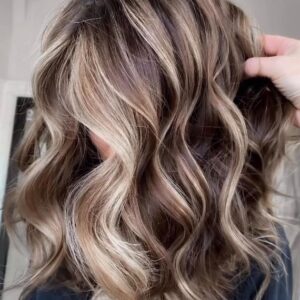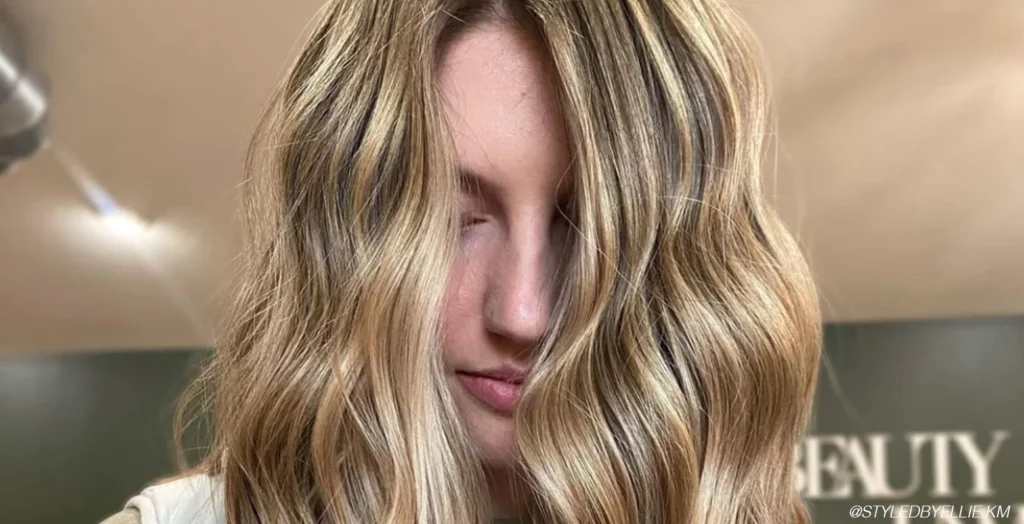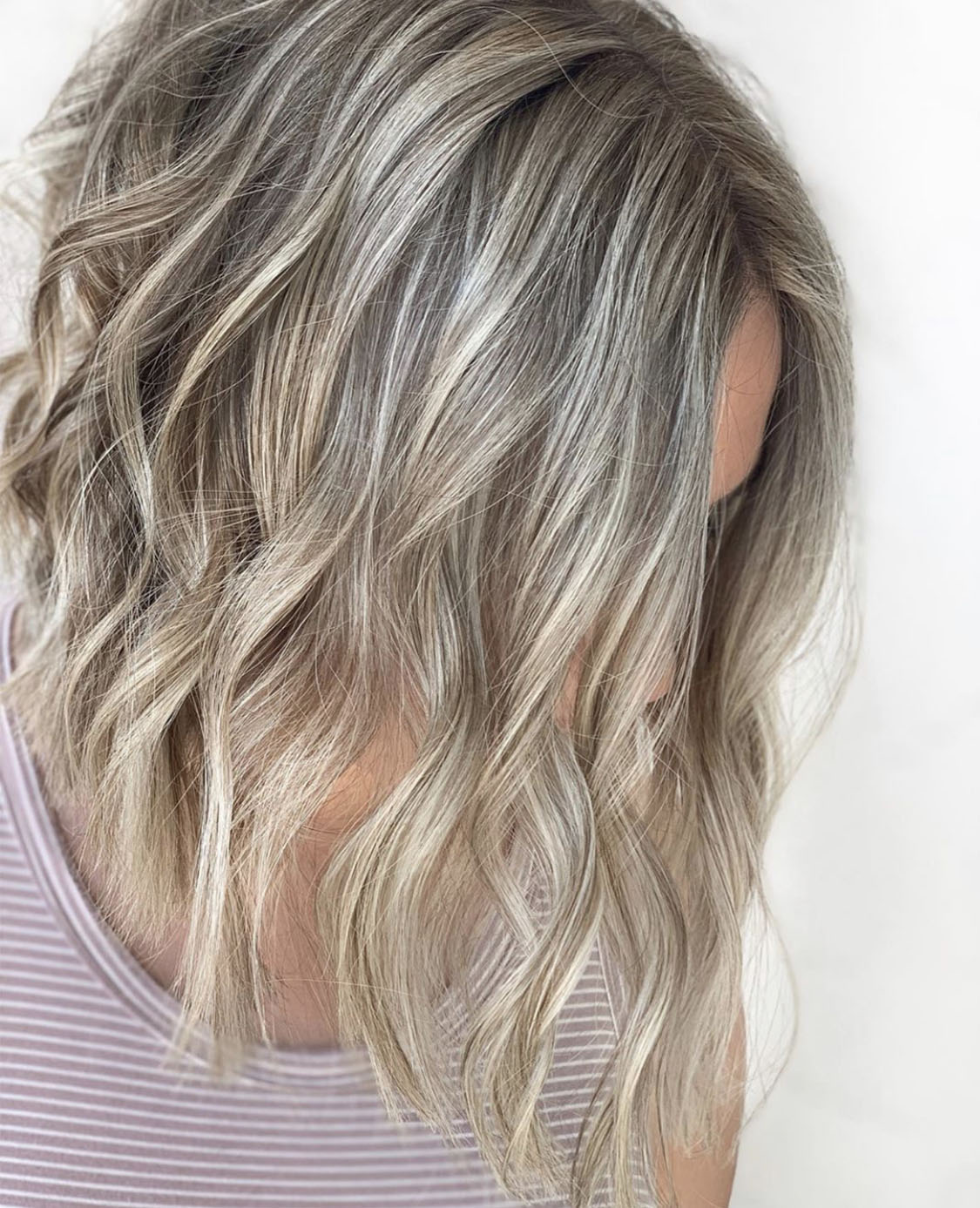Achieving that perfect shade of blonde or adding dimension to your locks through highlights are two popular techniques. While both methods can enhance your hair’s appearance, they differ in application, results, and maintenance. Understanding the nuances between blonding and highlights is essential for making informed decisions about your hair color journey. Let’s take a closer look at each technique to figure out how they’re different.
Blonding

Blonding refers to the process of lightening the entire head of hair to achieve an overall blonde hue. This technique is often chosen by individuals who desire a significant color change or wish to lighten their natural hair color by several shades. Blonding can create a uniform, seamless blonde tone throughout the hair, resulting in a striking transformation.
Technique
Blonding typically involves the application of a lightening or bleaching agent to the entire head of hair. The process may require multiple sessions, especially for those with darker natural hair colors, to achieve the desired level of blonde. Hair is usually lightened from root to tip, ensuring consistent color saturation.
Results
The outcome of blonding varies depending on factors such as the starting hair color, the chosen blonde shade, and the expertise of the hairstylist. Blonding can result in a spectrum of blonde tones, ranging from platinum blonde to golden blonde, allowing for customization to suit individual preferences.
Maintenance
Maintaining blonde hair requires regular upkeep to preserve color vibrancy and prevent brassiness or fading. This often involves using specialized shampoos and conditioners formulated for blonde hair, as well as periodic toning treatments to neutralize any unwanted undertones.
High-Lighting

Highlights involve strategically lightening specific sections of hair to add dimension, depth, and contrast. Unlike blonding, which focuses on achieving an overall blonde shade, highlights target specific areas to create visual interest and movement within the hair.
Technique
The highlighting process typically involves sectioning the hair and applying a lightening agent to select strands or sections. The placement of highlights can vary based on the desired effect, with options such as face-framing highlights, balayage, or traditional foil highlights. This technique allows for a more natural-looking result, as highlights blend seamlessly with the underlying hair color.
Results
Highlights can enhance the hair’s texture and dimension, creating a sun-kissed effect that mimics the way natural light interacts with the hair. Depending on the placement and intensity of the highlights, they can range from subtle and understated to bold and dramatic. Highlights can be tailored to complement the individual’s skin tone and facial features, adding depth and luminosity to the overall look.
Maintenance
Maintaining highlights involves touch-up appointments to refresh the color and ensure continuity of the desired effect. As with blonding, using color-safe hair care products and scheduling regular salon visits for toning and conditioning treatments can help prolong the life of the highlights and keep the hair looking vibrant and healthy.
While both blonding and highlights entail lightening the hair, their techniques, outcomes, and upkeep needs set them apart. Blonding achieves a uniform blonde tone throughout, while highlights add depth and dimension with strategically placed lightened sections. Whether you’re aiming for a striking blonde makeover or subtle highlights to enhance your look, Adorn by Sadi offers expert services to bring your vision to life. Book your appointment today and let us transform your hair with precision and care.




